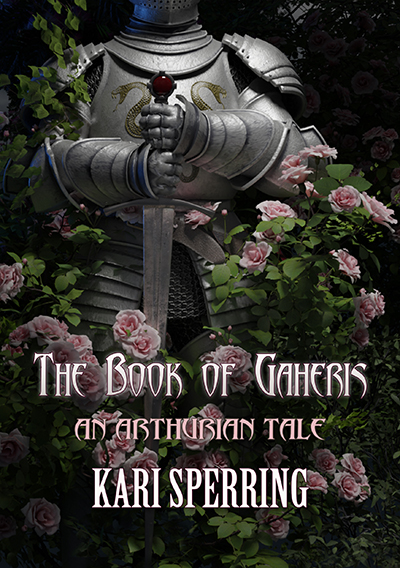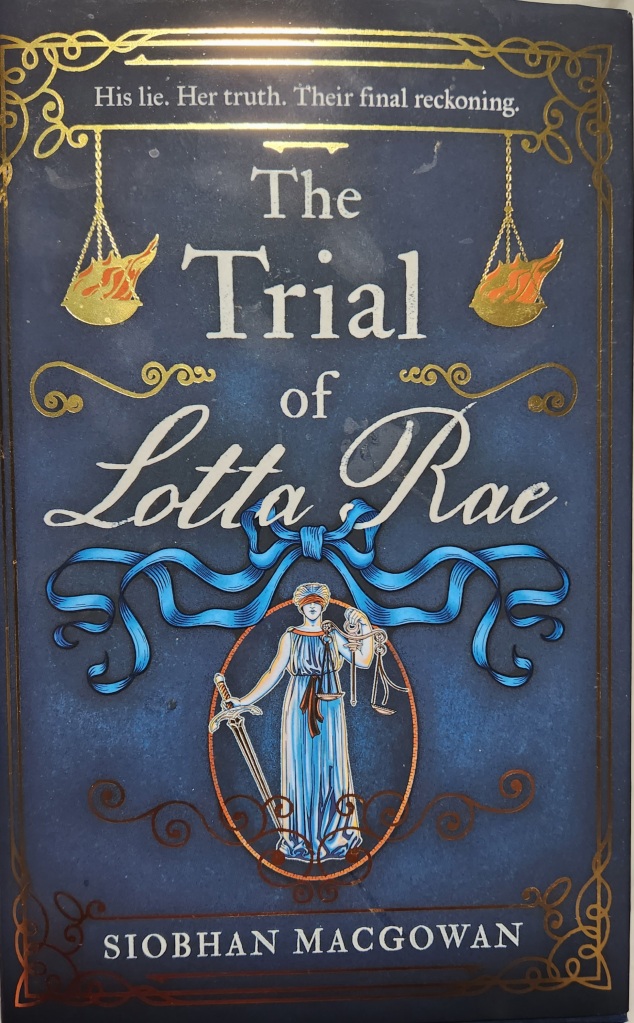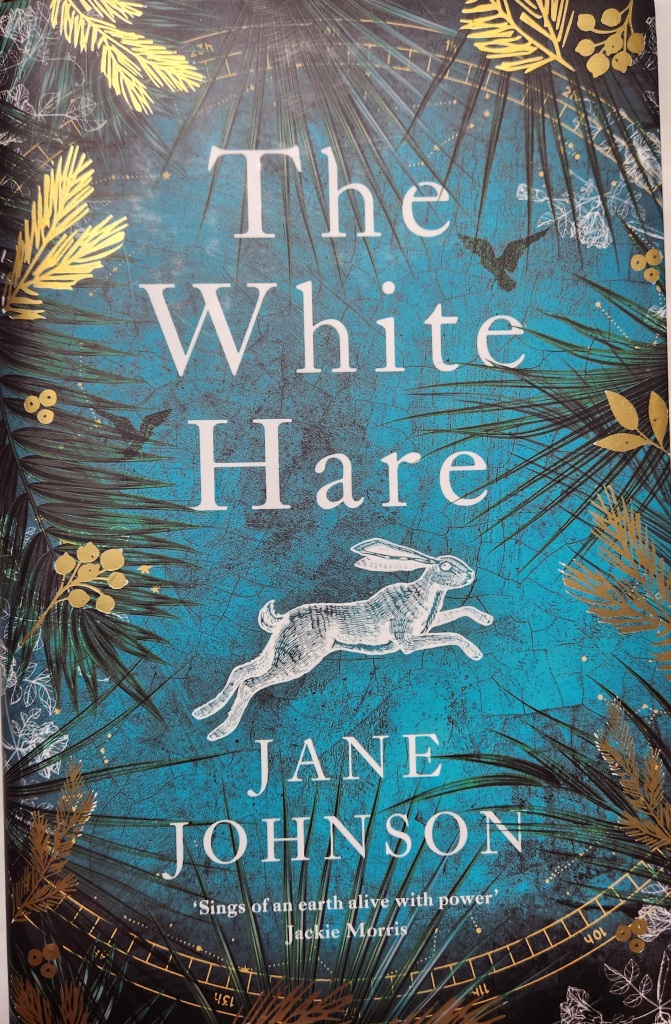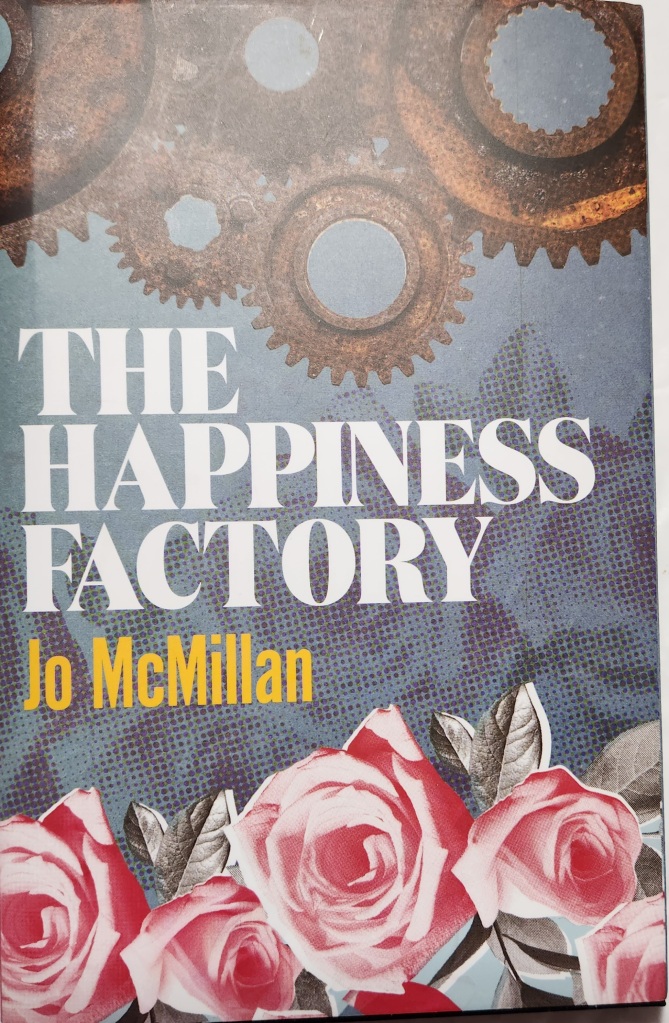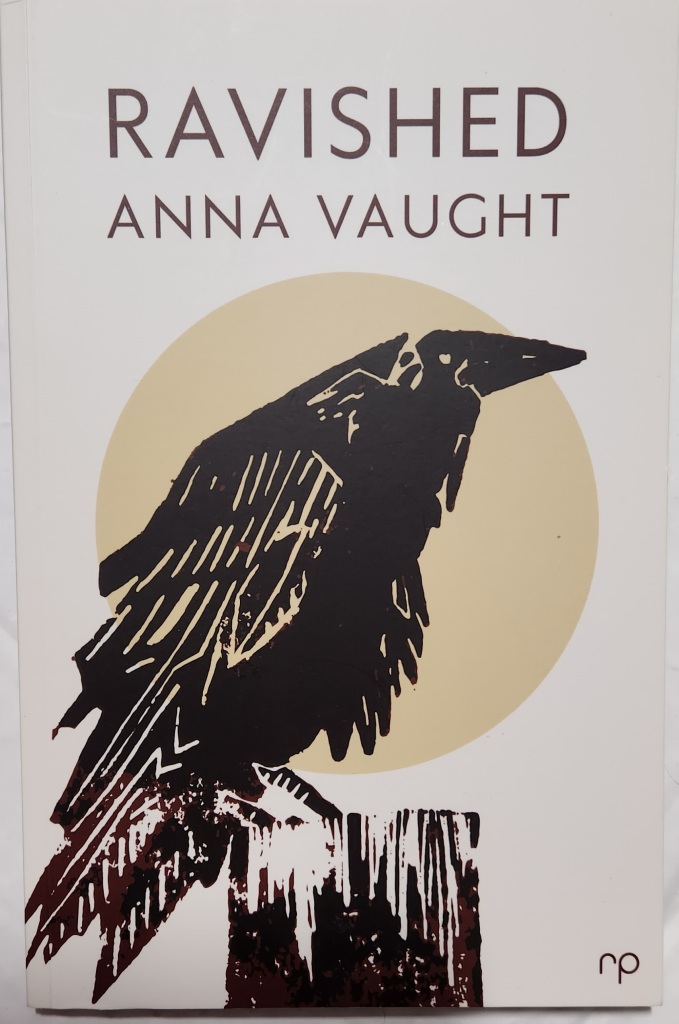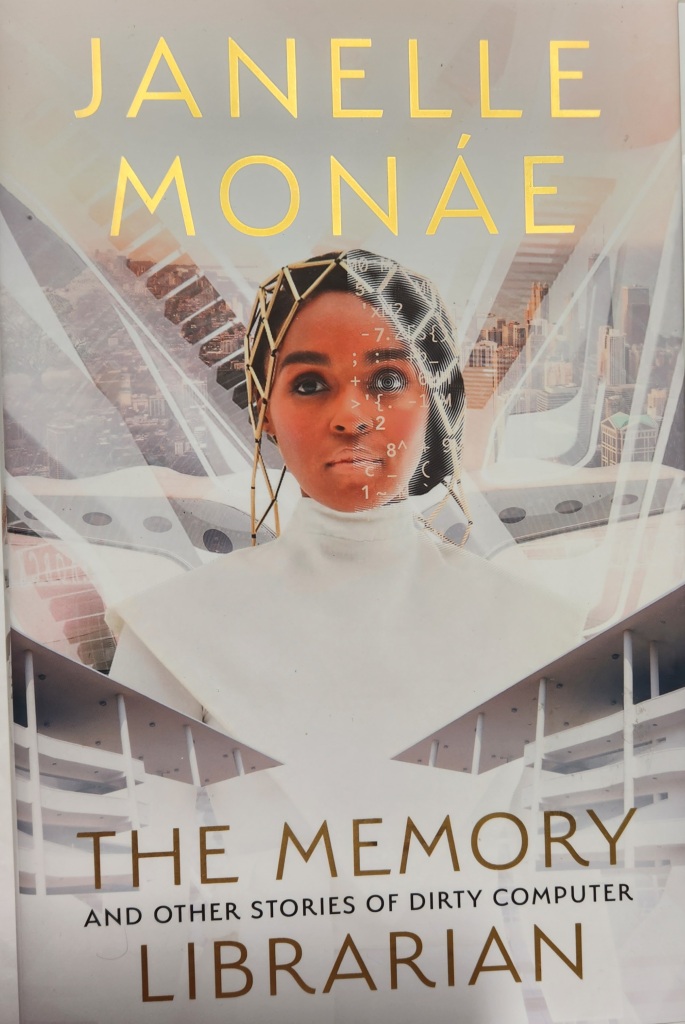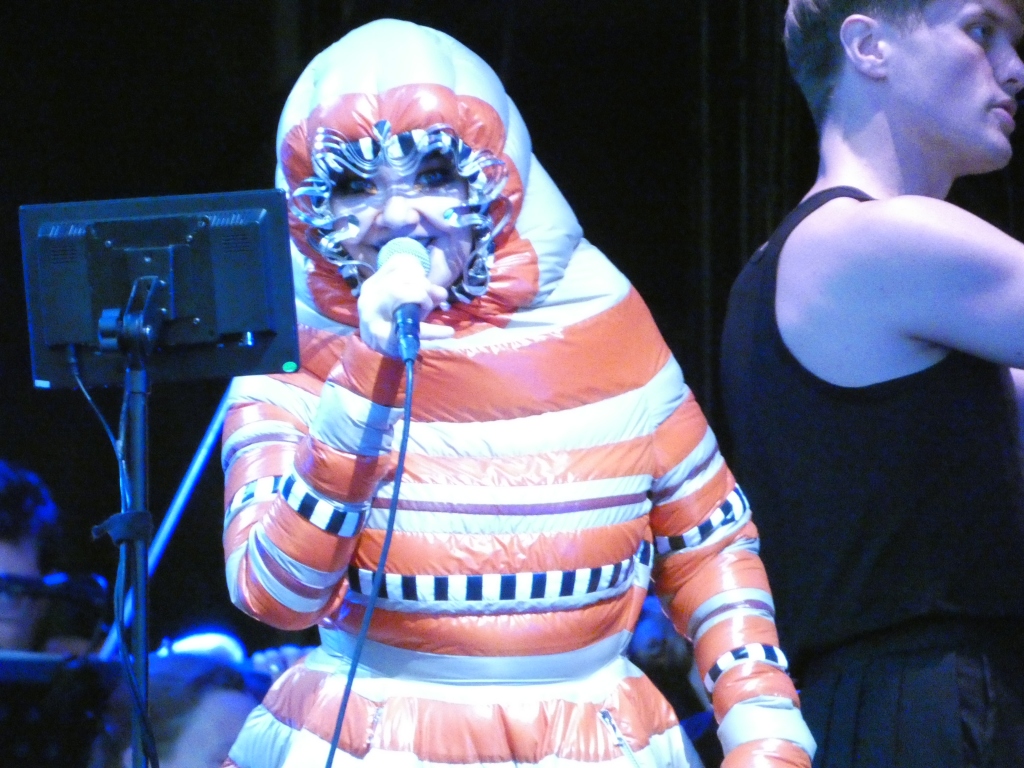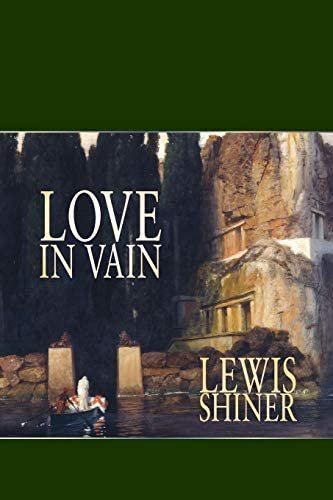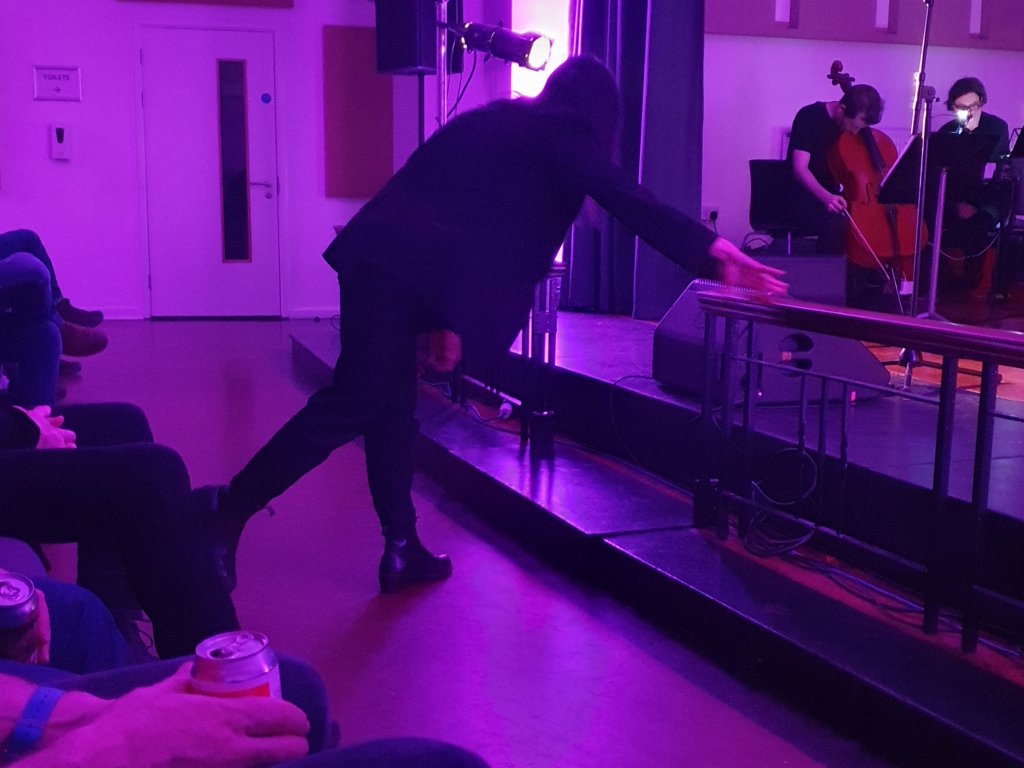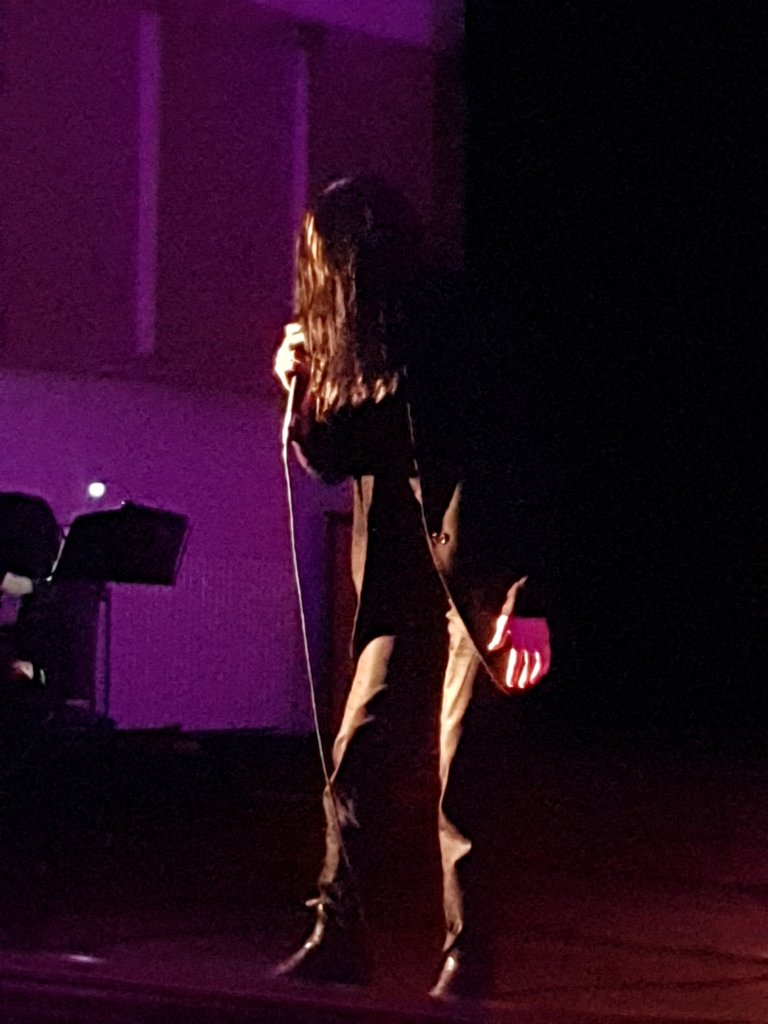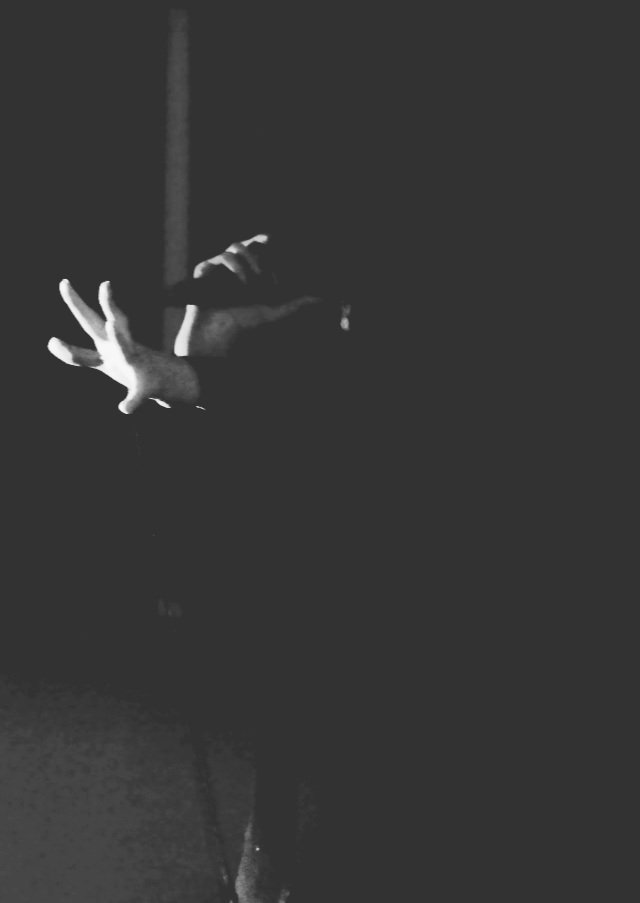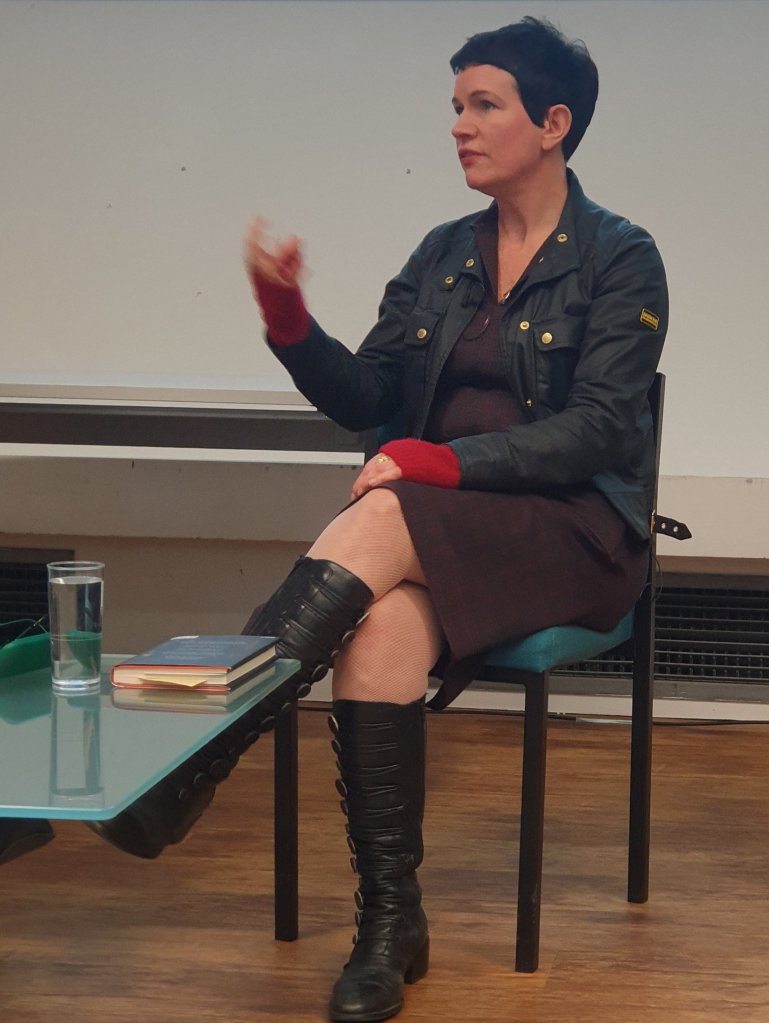Yesterday, 23/04/23, was the centenary of the birth of Avram Davidson, one of SFF’s most idiosyncratic voices. His short fiction, at its best, is as good as it gets. So, to commemorate his centenary, I reread a few memorable stories.
One in particular, from the posthumous collection The Other Nineteenth Century, is a fun story in a way, though perhaps dated in other ways. It also serves as a useful exemplar for a tendency in historical and alternate historical SFF that I dislike.
‘Traveller from an Antique Land” is a very thinly disguised tale of the death of Percy Bysshe Shelley in 1822. Davidson changes names but they are mostly easily identified even without his appended note. Gerald, Lord Gryphon the poet and de facto head of the expat literati community; Archie Shadwell, poet and would be sailor, married to Amelia, author of the novel Koenigsmark; their friends the Wilsons; and rogue adventurer Tregareth. Well, it makes a change from that night in Villa Diodati, I suppose.
It is this latter who leads the plot, such as it is, firstly seeking Gryphon’s aid, then comforting the worried wives, before ultimately arranging the beach funeral. And he who identifies the crucial, novel element in this story. Shadwell has been murdered! His boat was sabotaged and in the final lines there’s detail that makes sense of a couple of earlier odd scenes to imply who the killer was: the mother grieving her dead baby, resentful of her womanising husband gone off on a jaunt, Amelia.
It’s nonsense, of course, this blaming a woman rather than accept that the real Shadwell, Bysshe Shelley was headstrong and thoughtless, refusing advice both on his boat’s design (I’ll come back to this,) and on the weather conditions. Equally nonsense is the conversation Amelia/Mary has with Jane Wilson/Williams about her husband.
“Everyone knows of Shadwell and Clara Claybourne,” she continued. “First she bore Gryphon’s illegitimate child, then she bore Shadwell’s — everyone knows.”
So Clara Claybourne is Claire Clairmont, Mary’s stepsister and suspected by some to be the mother of the child Bysshe registered in Naples. There’s more likelihood that it was the Shelleys maid Elise Duvillard, but that’s an aside. What feels wrong is the use by Amelia of Clara’s full name. They were stepsisters, grew up together, travelled together, and were living in the same house at the time of this supposed conversation. There was no other Clara to be confused with; and she was present. As a device to build our sympathy for Amelia, the wronged wife, it’s clunky at best and unnecessary.
This is where my frustration with historical fiction comes in. Obviously, conversations are invented, details created to fill out scenes and characters. Linking passages between the bits we do know are essential in fiction. But, if you make changes to the actual historical record, they need to serve a dramatic purpose and not just suggest poor research.
For a short, lighter story like “Traveller from an Antique Land” it might be unreasonable to expect the same attention to detail as something like Wolf Hall. It is not fair, though, to expect the reader to gloss over the glaring changes for no apparent purpose.
To digress to two other recent works involving the same characters. Haifaa al-Mansour’s 2017 biopic Mary Shelley is riddled with inaccuracies. Some are the exigencies of fitting a life into two hours, some a means of applying a 3 act structure and character development to that life. And then there are moments like a credits card stating that Allegra Byron died aged 10. No, no, no. She was five years old. What does this add to the film other than a sense of shoddy research and carelessness?
On the other hand, Tim Powers uses Trelawny (Tregareth in Davidson’s story) in several works, including the novel Hide Me Among the Graves (2012). Having read both the Trelawny biographies Powers acknowledged and five others, I can confidently say I believe Powers gets him right. All bar one scene where Trelawny fights off a vampiric assailant with the spirits from his flask and a lit match. Famously, Tre did not touch spirits, it was the reason he so strongly objected to Millais’ portrayal of him with a glass to hand. But it’s a dramatic scene that works. It’s a change to history with a purpose. And it’s the sort of tiny detail only a Trelawny nerd like me might spot.
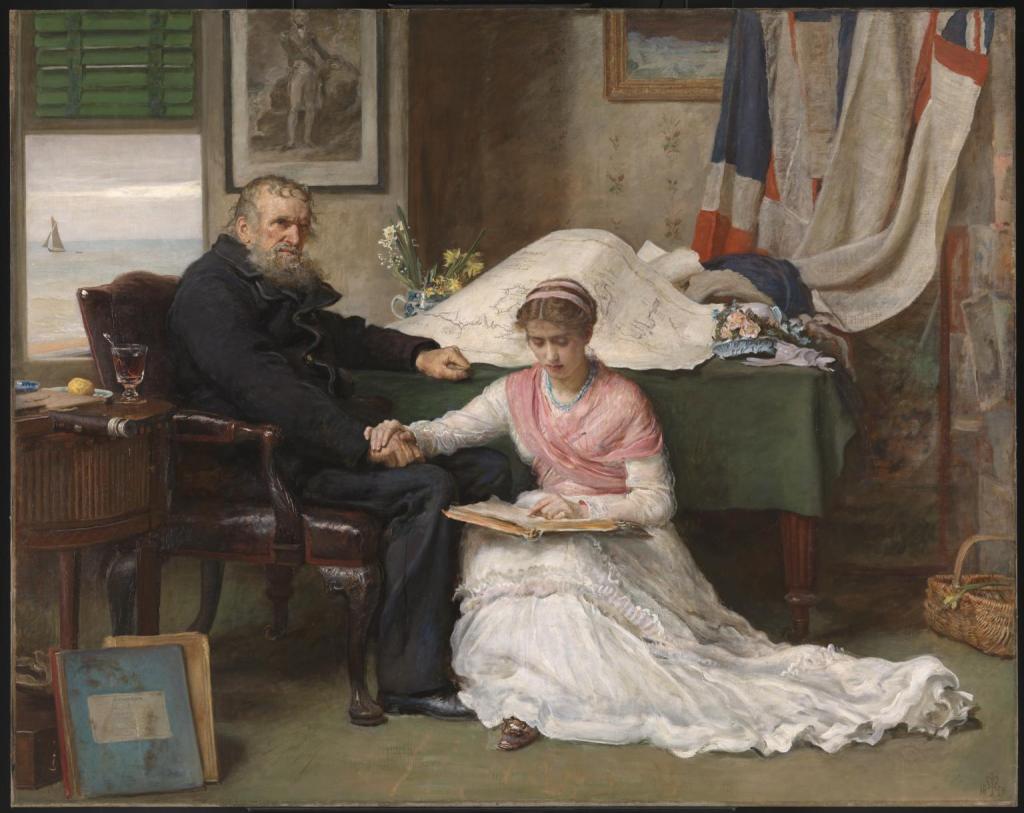
Davidson’s portrayal of Tregareth/Trelawny isn’t bad, but Gryphon’s attitude to him is. Davidson has the poet Lord mock Tregareth, sneering at his alleged past adventures. The real Trelawny, storyteller, and rogue though he was, wouldn’t have stood for that. And Byron, unpleasant though he could undoubtedly be, had no need to sneer. Unlike most, he saw through Trelawny, but rather than mock as Gryphon does, he didn’t care because he was entertained. (Arguably, Trelawny felt the same about Byron too. They were well matched.) And it does make story sense that it would be Tregareth who uncovers the sabotage and that he does nothing. Davidson has Tregareth muse on Shadwell doubting him too, though there is no suggestion anywhere that the real Trelawny was not believed at the time. The first extant challenge to Trelawny’s stories came in the 1890s a decade after his death, but again this is detail I wouldn’t expect in such a short story. I do though wonder what these invented scenes add to the story, and what they steal from it.
A slight story then, and flawed, but with a clever idea at heart.
Then there’s an afterword by editor Henry Wessels praising Davidson for accuracy. Now we have a big problem.
Perhaps the most accurate portrait is that of the unsavory Trelawney (sic) who is notorious as the designer of Shelley’s sailboat and the man who found Byron a doctor in his final illness. Few men have had the distinction of causing the death of two poets of such stature.
So wrong. Trelawny mythologised his past, exaggerated his role in real events and told stories that people believed. It’s not unfair to challenge his personal account but these are claims that are not based on Trelawny’s books but invented later. These are allegations that other sources immediately disprove.
Byron was attended to in Missolonghi by his personal physician Francesco Bruno, who he employed some months before ever meeting Trelawny on the recommendation of Andrea Vacca Berlinghieri, and by Julius Michael Millingen sent by the London Hellenic Committee. Trelawny was elsewhere in Greece at this time working with Mavrocordato.
Trelawny and his friend Captain Daniel Roberts designed Byron’s boat The Bolivar, though his Lordship died without paying his bill. Bysshe Shelley wanted the same but lacking money asked for it to be smaller. Despite advice that this would be less stable and seaworthy from the two experienced sailors, he insisted.
Davidson may have been approximately accurate in his description of Trelawny, mostly by being sufficiently vague, but for an editorial note to get so much wrong is a discredit to the story. A sneer that would have been unnecessary if true, by being so blatantly false raises questions about the remainder of the book. And that is unfair to Trelawny, deeply unfair to Avram Davidson, and cheats the informed reader.

